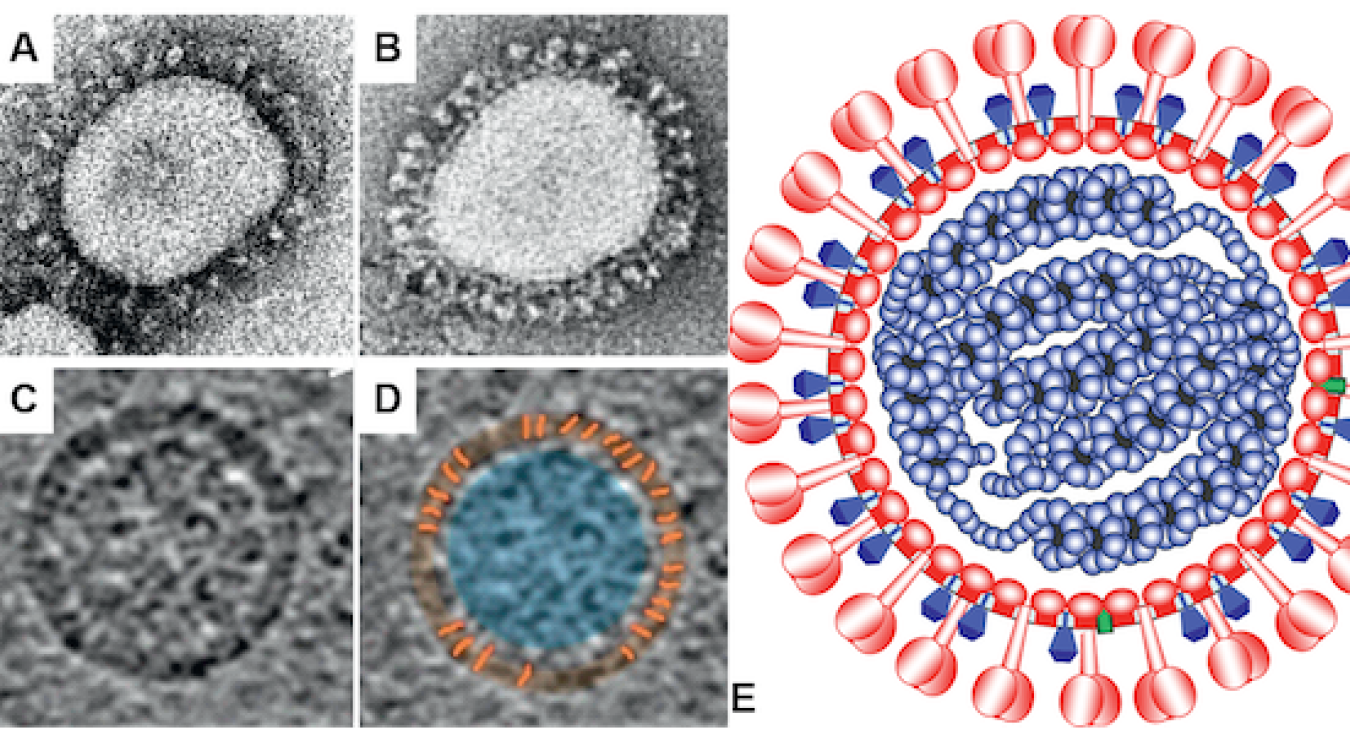ICTV Report on the ssRNA (+) virus family Coronaviridae
Members of the family Coronaviridae, a monophyletic group of viruses in the order Nidovirales, are enveloped, positive-sense RNA viruses that are known to infect four of the seven classes of vertebrates: mammals and birds (orthocoronaviruses), amphibians (letoviruses) and bony fish (pironaviruses); (Table 1.Coronaviridae). In terms of genome size and genetic complexity, members of the family Coronaviridae, are among the largest RNA viruses identified so far. RNA viruses with larger genomes are also members of the Nidovirales, including members of the species Aplysia abyssovirus 1 (35.9 kb, family Abyssoviridae) and Planidovirus 1 (41.1 kb, family Mononiviridae), which infect invertebrates. Replication has been studied in detail only for orthocoronaviruses. Orthocoronavirus virions attach to host cell surface receptors via their spikes and release their genome into the target cell cytoplasm via fusion of the viral envelope with the plasma membrane or the limiting membrane of endocytic vesicles. Members of the family Coronaviridae infect humans and a variety of animals resulting in diverse clinical manifestations, ranging from asymptomatic to severe fatal diseases. Members of two species of orthocoronavirus, Severe acute respiratory syndrome-related coronavirus and Middle East respiratory syndrome-related coronavirus, are highly pathogenic to humans, leading to the SARS and MERS epidemics, and the COVID-19 pandemic.

